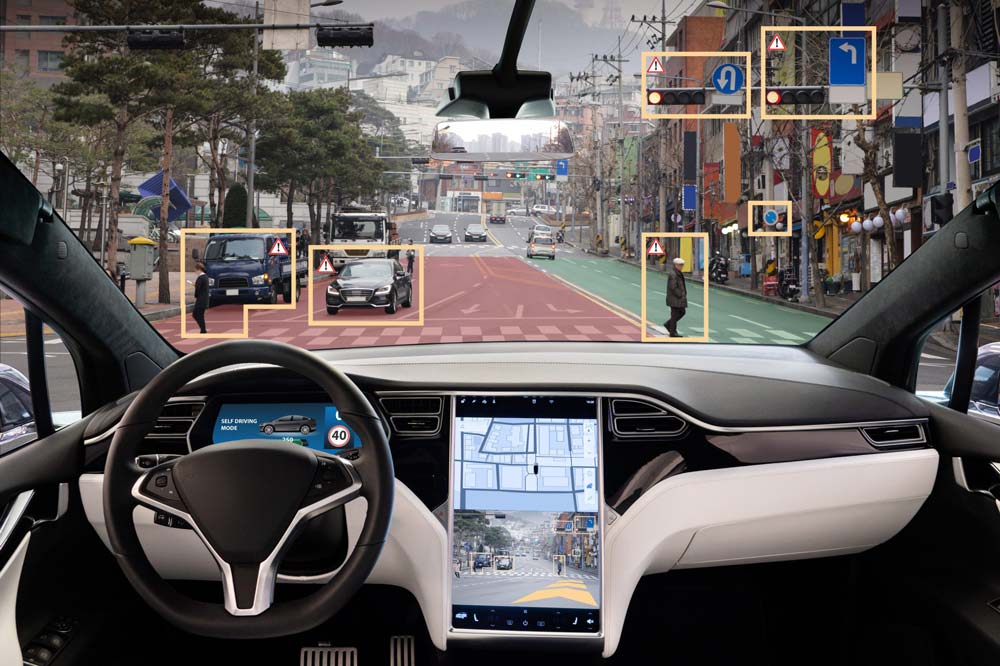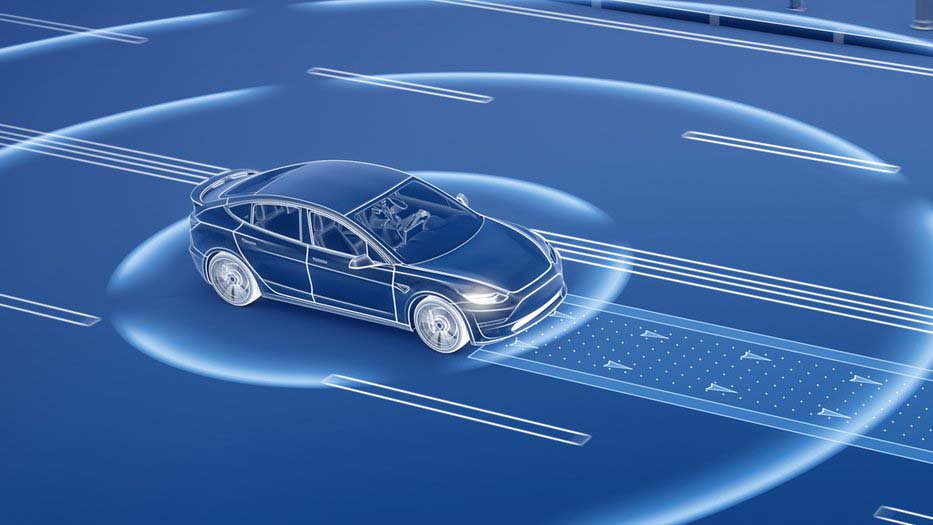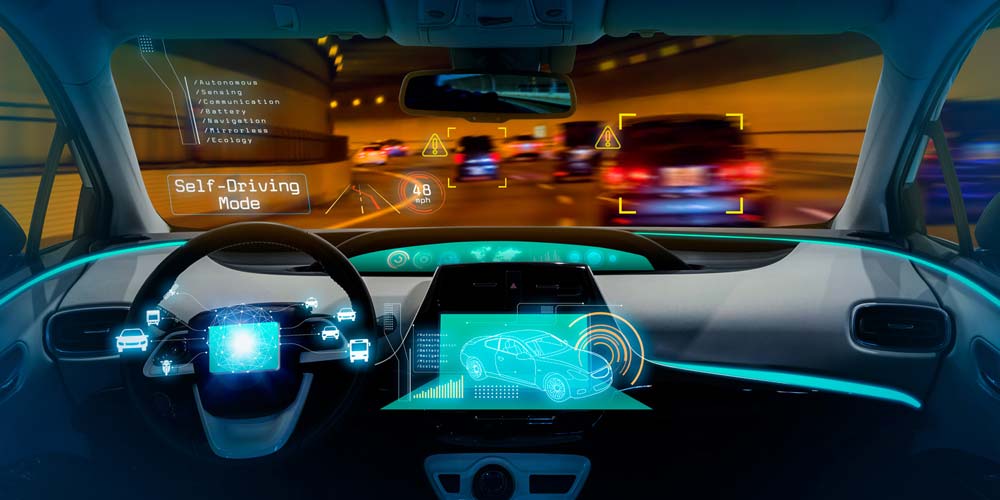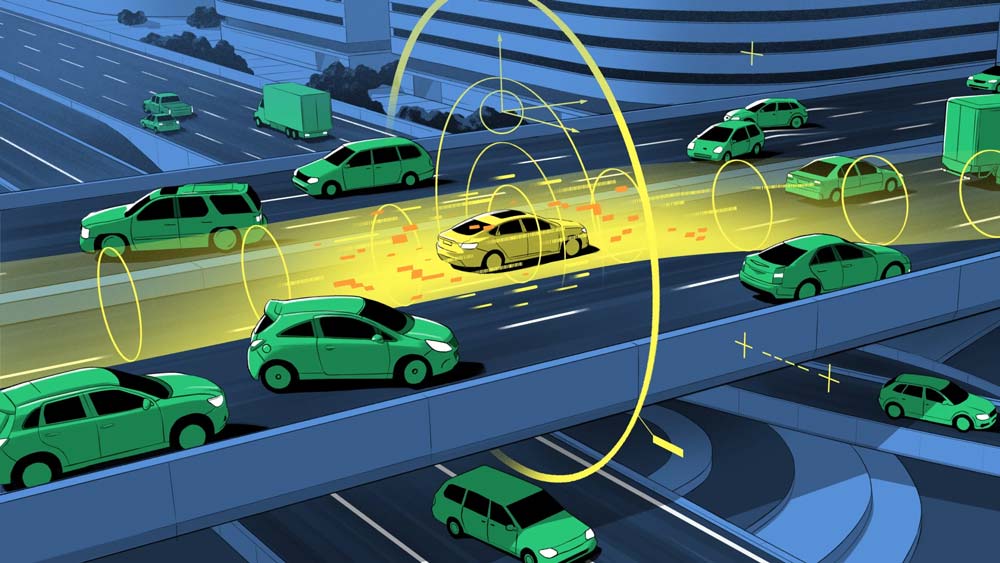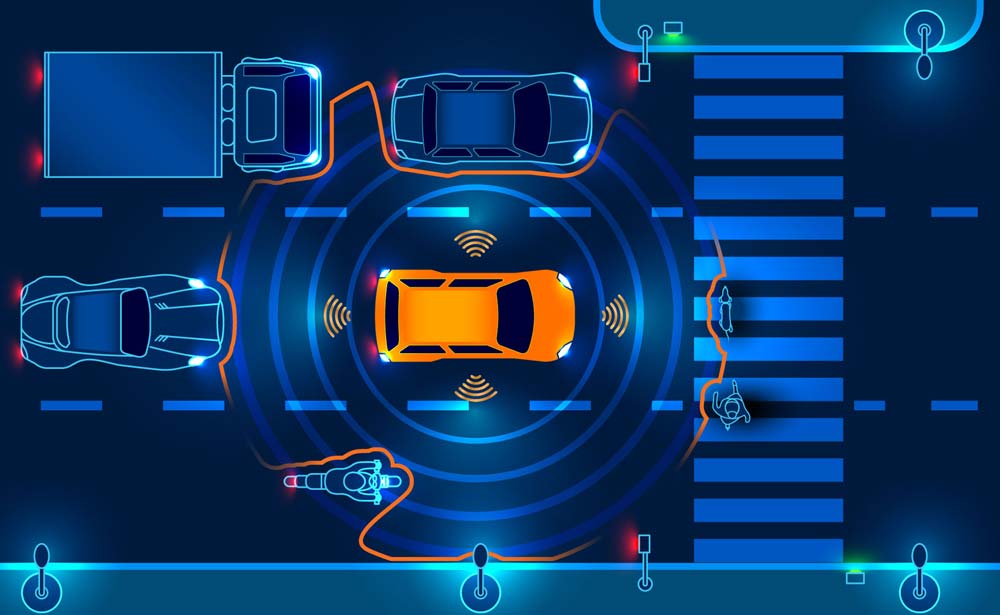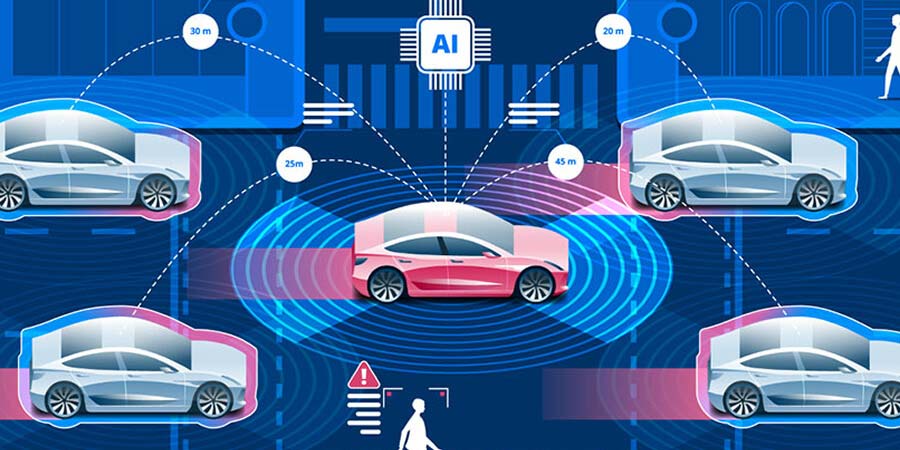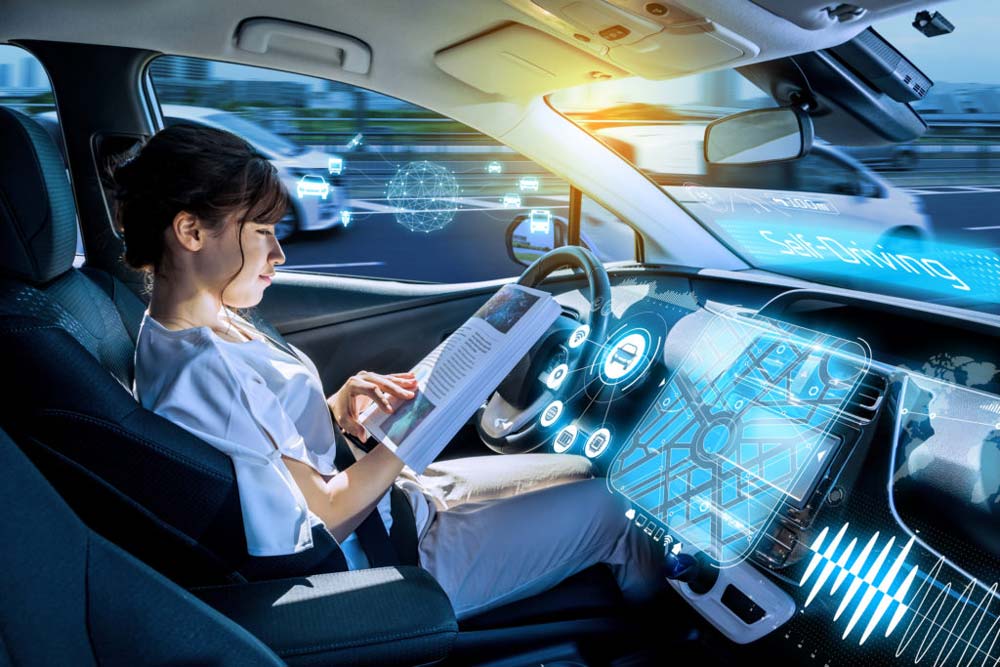Autonomous-Ready Architecture: Shaping the Future of Vehicle Design
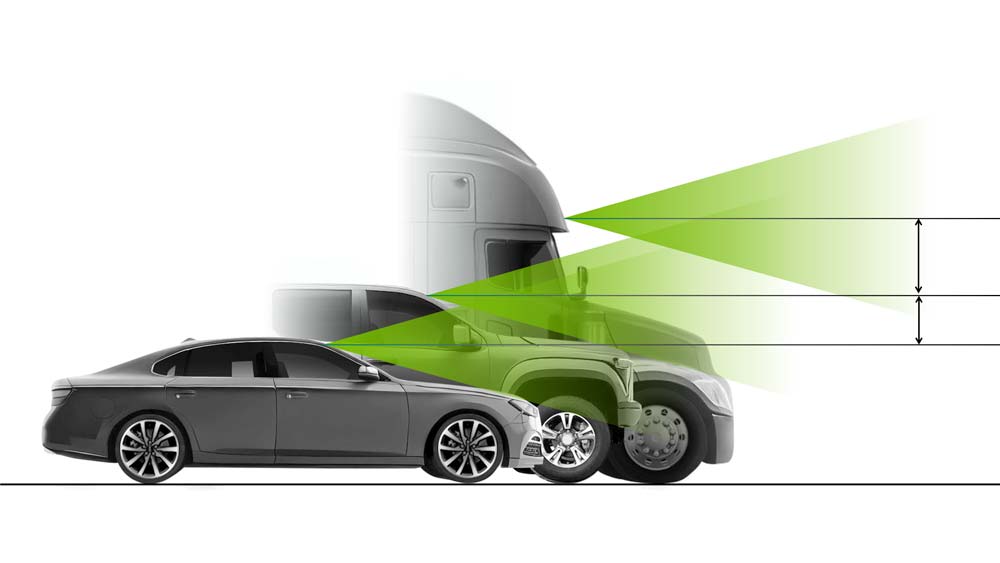
The world of vehicle design is rapidly evolving with the rise of autonomous technology, and architects and designers alike are exploring how to prepare for this paradigm shift. While self-driving vehicles are still being refined, the integration of autonomous-ready architecture into vehicle design is already well underway. But what exactly does “autonomous-ready architecture” mean? And how are automakers and designers ensuring that their vehicles are prepared for a future where autonomy is the norm?
In this blog post, we’ll dive into the concept of autonomous-ready architecture, examining how it influences vehicle design today and what changes are being made to ensure future vehicles are prepared for fully autonomous operation. From interior layouts to sensor integration, the shift to self-driving cars is reshaping how vehicles are built and how we think about mobility.
What is Autonomous-Ready Architecture?
Autonomous-ready architecture refers to the design and engineering of vehicles in a way that prepares them for the inclusion of autonomous technologies—primarily autonomous driving systems, sensors, and vehicle-to-vehicle (V2V) communication. It’s not just about adapting the vehicle’s exterior; it’s about transforming the entire structure, from the car’s frame to its interior. By considering autonomy from the ground up, automakers ensure that their vehicles can seamlessly integrate the necessary hardware and software for self-driving capabilities as the technology matures.
This approach includes everything from designing space for sensors, radars, and cameras, to ensuring the vehicle’s internal systems can support autonomous driving technology, such as advanced AI and vehicle control systems. Furthermore, the architecture must allow for continuous upgrades and modifications to accommodate rapidly evolving autonomous technologies.
Designing for Autonomous Vehicles: Key Considerations
When designing for autonomous vehicles, automakers face several unique challenges that traditional vehicles didn’t have to contend with. A primary consideration is the inclusion of autonomous driving technology, which requires a significant rethinking of both the vehicle’s physical structure and its functionality.
- Sensor and Radar Placement: Autonomous vehicles rely on an array of sensors, cameras, and radars to detect their surroundings. Designers must ensure the vehicle’s architecture can support the installation of these devices while maintaining aerodynamic efficiency and ensuring safety.
- Energy Efficiency and Performance: Autonomous vehicles will require a consistent, high-performance system to handle the demands of driving without human input. Therefore, ensuring that the architecture can support the integration of electric powertrains, batteries, and other energy-efficient technologies is key.
- Connectivity: As self-driving cars need to communicate with other vehicles and infrastructure to enhance safety and navigation, designing vehicles with a robust communication architecture (such as 5G or V2X) is essential for the success of autonomous systems.
Interior Redesign: Creating Passenger-Centric Spaces
One of the most significant changes in autonomous-ready architecture is the redesign of vehicle interiors. Traditional vehicles are designed with the assumption that a human will be driving the car, but with the advent of self-driving technology, this assumption no longer holds.
- Seating Arrangements: In an autonomous vehicle, passengers no longer need to face forward or sit in traditional driver/passenger configurations. Designers are exploring swivel, lounge-style seating that allows passengers to interact more freely with each other or work, relax, or enjoy entertainment during their journey. Some vehicles are even experimenting with modular seating layouts that allow passengers to create more flexible environments for both personal and business use.
- Tech Integration: With the driverless car era, interior space needs to be integrated with more advanced tech systems. Touchscreens, voice command interfaces, and augmented reality (AR) can be embedded seamlessly into the vehicle’s interior. These innovations offer a more personalized, connected, and comfortable experience for passengers.
- Focus on Comfort and Productivity: As self-driving vehicles enable passengers to “work on the go,” interiors are being designed with features like ergonomic seating, ample legroom, and adjustable lighting. These features not only offer comfort but also enhance the overall productivity and user experience inside the vehicle.
Sensor Integration and Vehicle Connectivity
One of the most crucial elements of autonomous-ready architecture is sensor integration. Autonomous vehicles rely on complex systems of cameras, radar, LiDAR (light detection and ranging), and ultrasonic sensors to perceive their environment and navigate safely. Therefore, integrating these sensors in a way that is both functional and non-intrusive is an essential aspect of vehicle design.
The architecture of autonomous-ready vehicles must support the optimal placement of sensors to allow for 360-degree coverage and to avoid interference with the vehicle’s other functions. For instance, sensors need to be placed on the exterior of the vehicle, including the front, back, sides, and roof, while ensuring the design remains sleek and aerodynamic.
Moreover, connectivity is also a major focus of autonomous vehicle design. As autonomous cars will require communication with other vehicles (V2V) and infrastructure (V2I), the vehicle’s architecture must support high-bandwidth, low-latency systems for constant communication and data exchange. This could involve integration of 5G networks or dedicated short-range communications (DSRC) to ensure smooth and safe navigation.
Case Studies: Innovating for Autonomous-Ready Vehicles
Waymo (formerly Google’s Self-Driving Car Project):
Waymo has been a leader in autonomous vehicle development, and its vehicles are designed with autonomous architecture in mind. Waymo vehicles have no steering wheel or pedals, which reflects the fundamental redesign of vehicle interiors that autonomy allows. The focus is on a passenger-centric design with optimized space, comfort, and safety features.
Mercedes-Benz EQS:
Mercedes-Benz is also designing its EQS to be autonomous-ready. The EQS features cutting-edge driver-assist technology with the possibility of upgrading to full autonomy in the future. The vehicle’s sleek design incorporates sensors in the car’s exterior, while its interior offers a seamless connection between the user and the vehicle’s AI, reflecting a vision of future travel.
Cruise Origin:
Cruise’s autonomous vehicle, the Origin, is a prime example of an entirely reimagined vehicle. Built from the ground up with autonomy in mind, the Origin has a spacious interior with forward and backward-facing seats that offer flexibility and comfort. The lack of a driver’s seat and steering wheel represents a major shift in vehicle design and function, emphasizing the importance of autonomous-ready architecture.
How You Can Apply These Trends in Your Work
If you’re involved in the design or development of vehicles or products within the transportation sector, you can apply autonomous-ready trends by focusing on:
- Modular and Flexible Designs: Consider creating adaptable, reconfigurable interiors that prioritize passenger comfort, productivity, and flexibility.
- Sensor-First Architecture: Prioritize designing space for sensors and communication devices. Keep in mind the 360-degree perception and low-interference needs of these systems when developing both the exterior and interior.
- Integration of Connectivity Systems: Whether it’s for autonomous driving or vehicle-to-infrastructure communication, ensure that your designs can seamlessly integrate advanced connectivity systems that support 5G or other communication technologies.
- Sustainable Technologies: As you design for autonomous vehicles, be sure to keep sustainability in mind by adopting energy-efficient, recyclable, and renewable materials in your architectural design to reduce the carbon footprint of the vehicle.
Conclusion
The rise of autonomous vehicles is reshaping the automotive industry in profound ways, and designing autonomous-ready vehicles is no longer just a speculative exercise—it’s a reality that’s happening now. By integrating sensors, creating flexible interiors, and preparing vehicles for seamless connectivity, automakers are not only future-proofing their designs but also setting new standards in vehicle architecture.
The future of autonomous-ready architecture presents exciting opportunities for designers and engineers to push the boundaries of traditional vehicle design, focusing on user experience, safety, and innovation. As the technology continues to evolve, the architecture of autonomous vehicles will play a key role in defining the future of transportation.
References
Benz, H., 2023. Mercedes-Benz EQS: A Look at the Autonomous-Ready Architecture. Automotive Future, 51(2), pp. 98-113.
Cruise, 2022. Cruise Origin: The Future of Autonomous Vehicles. Available at: www.cruise.com [Accessed 2 March 2025].
Johnson, T., 2021. Designing for Autonomy: Key Considerations in Vehicle Architecture. Future Car Design Journal, 34(4), pp. 225-234.
Waymo, 2023. Waymo’s Autonomous Fleet: Reimagining Vehicle Architecture. Available at: www.waymo.com [Accessed 2 March 2025].

Introduction: In the fast-paced world of motorcycle design, performance and efficiency are paramount. One of the most significant trends shaping…
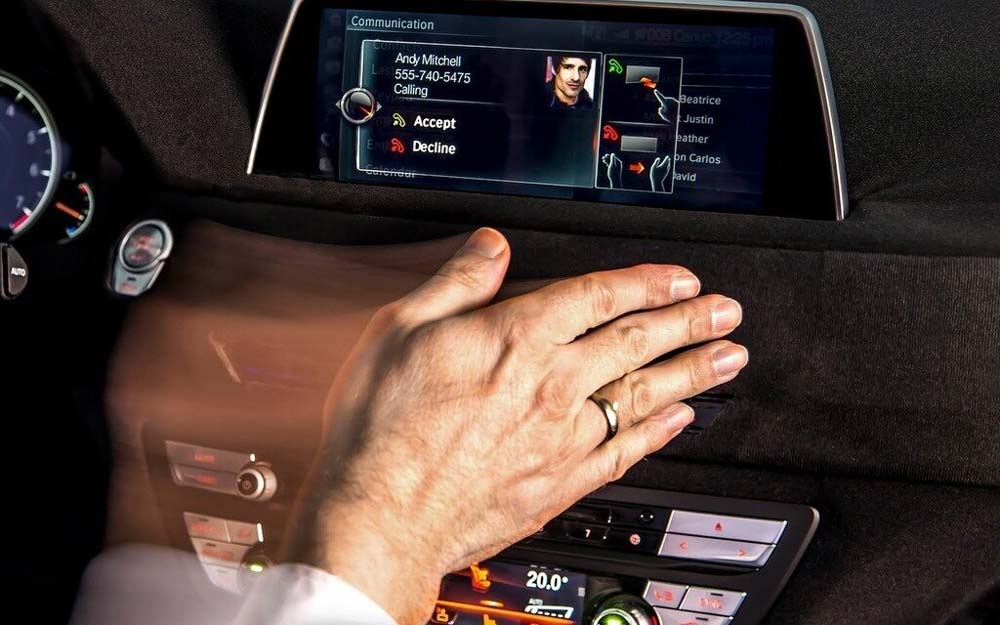
Introduction: The Rise of Digital & AI-Enhanced Vehicle Interiors Automotive interiors are undergoing a technological revolution, transforming from traditional, static…
